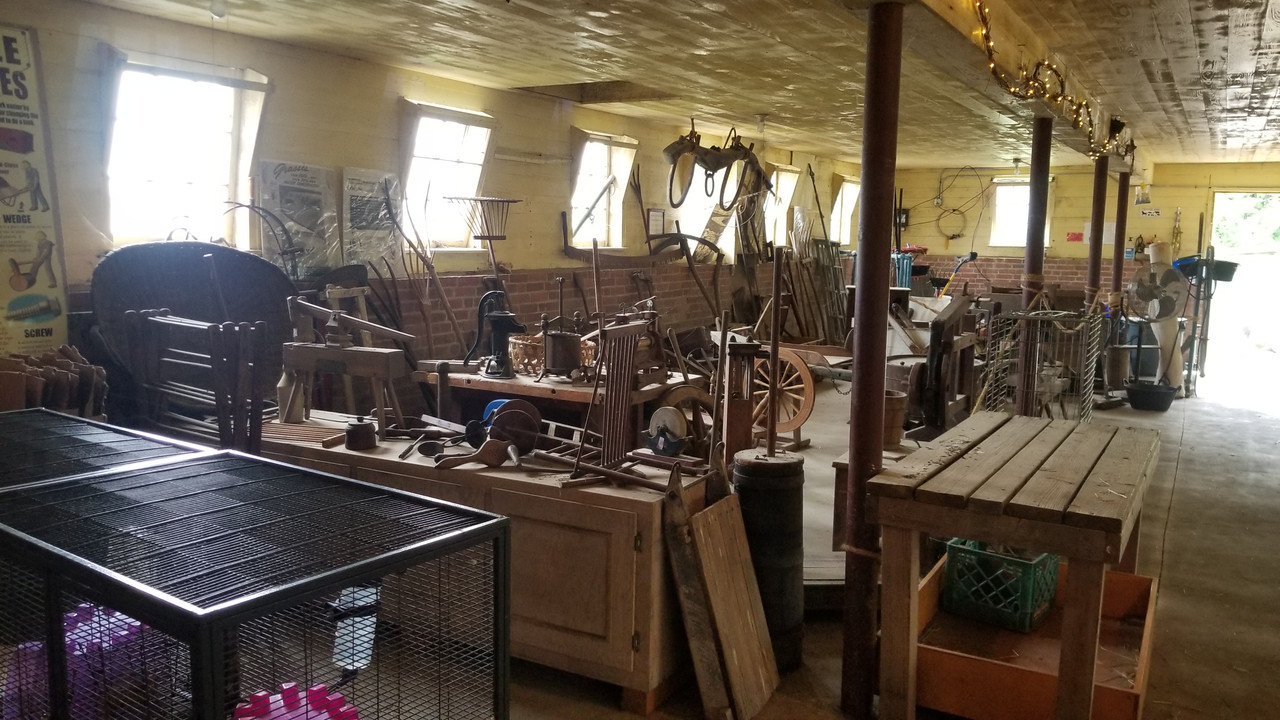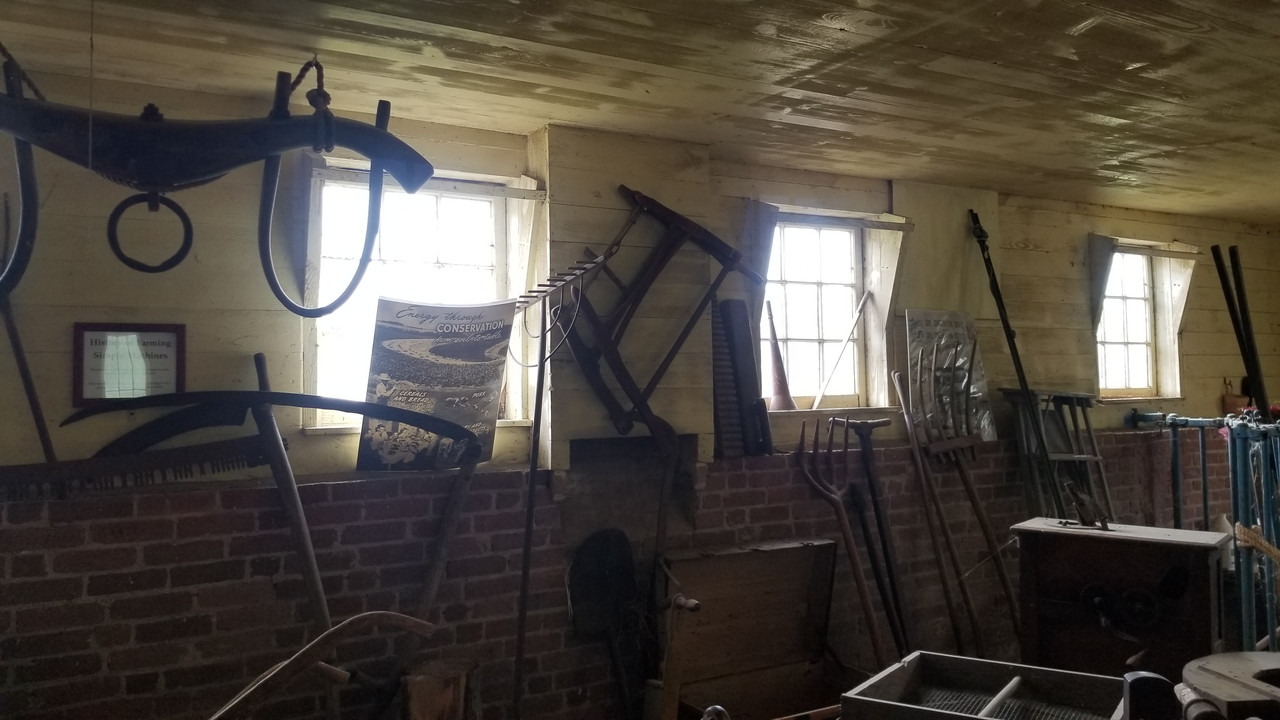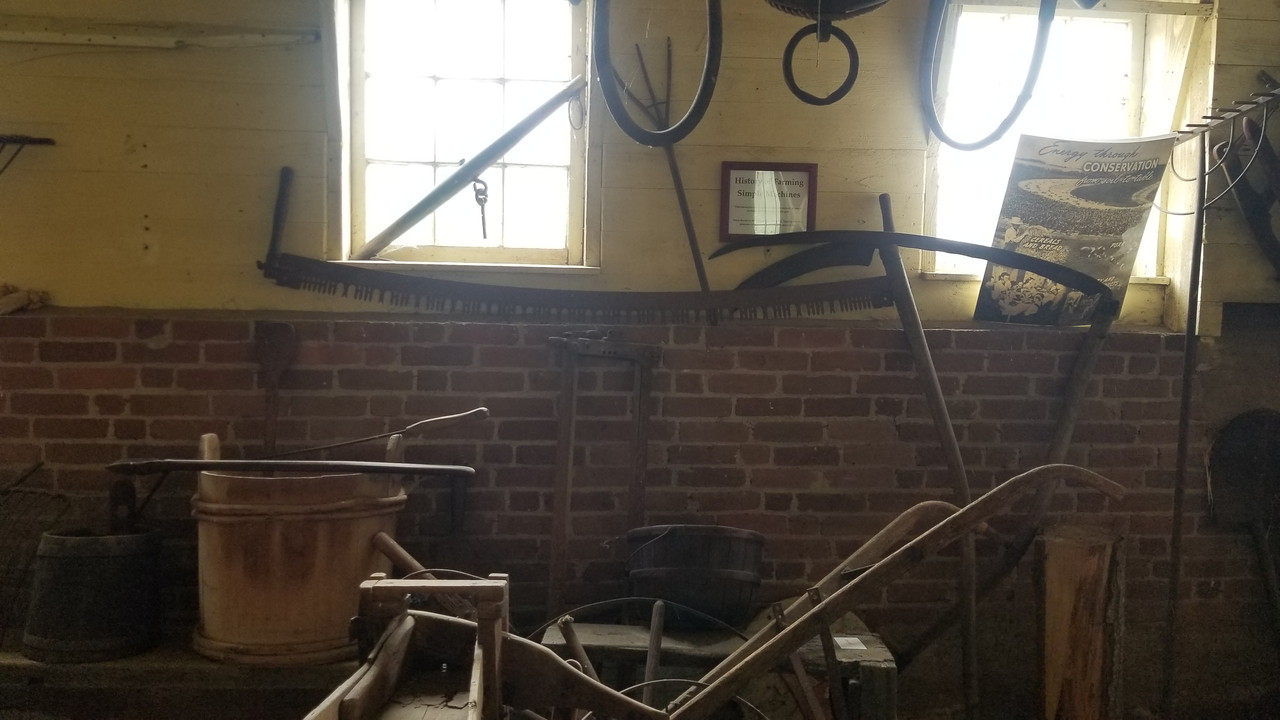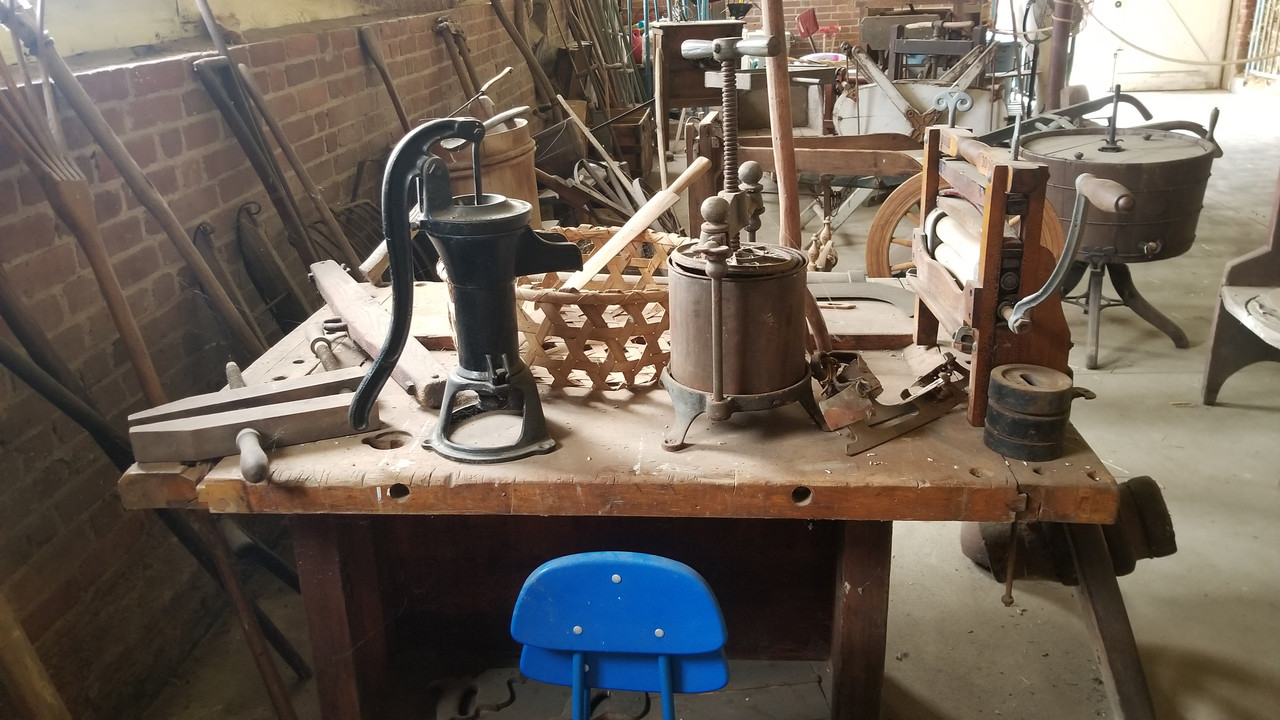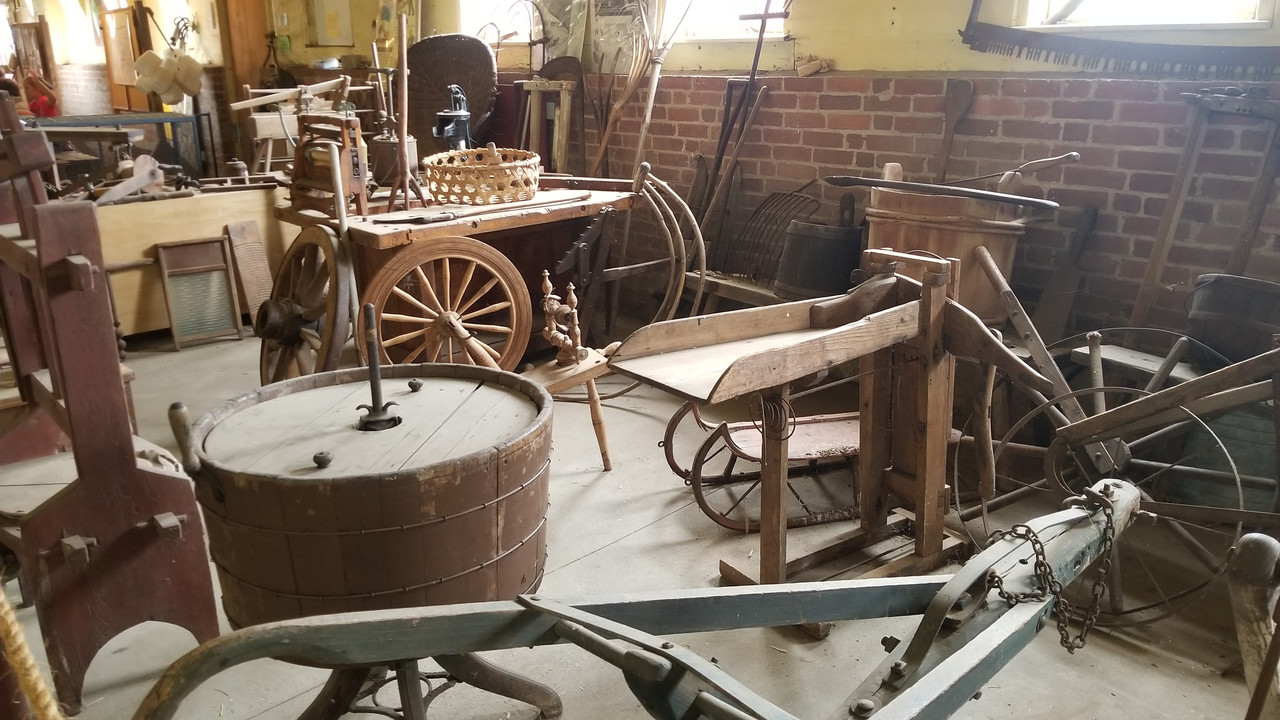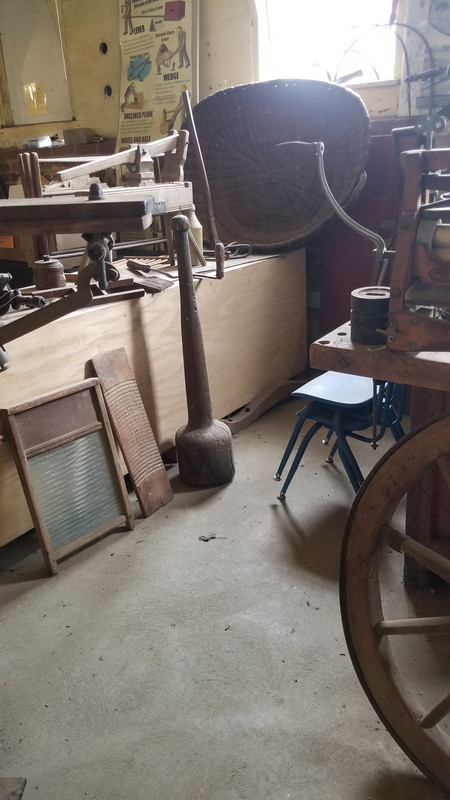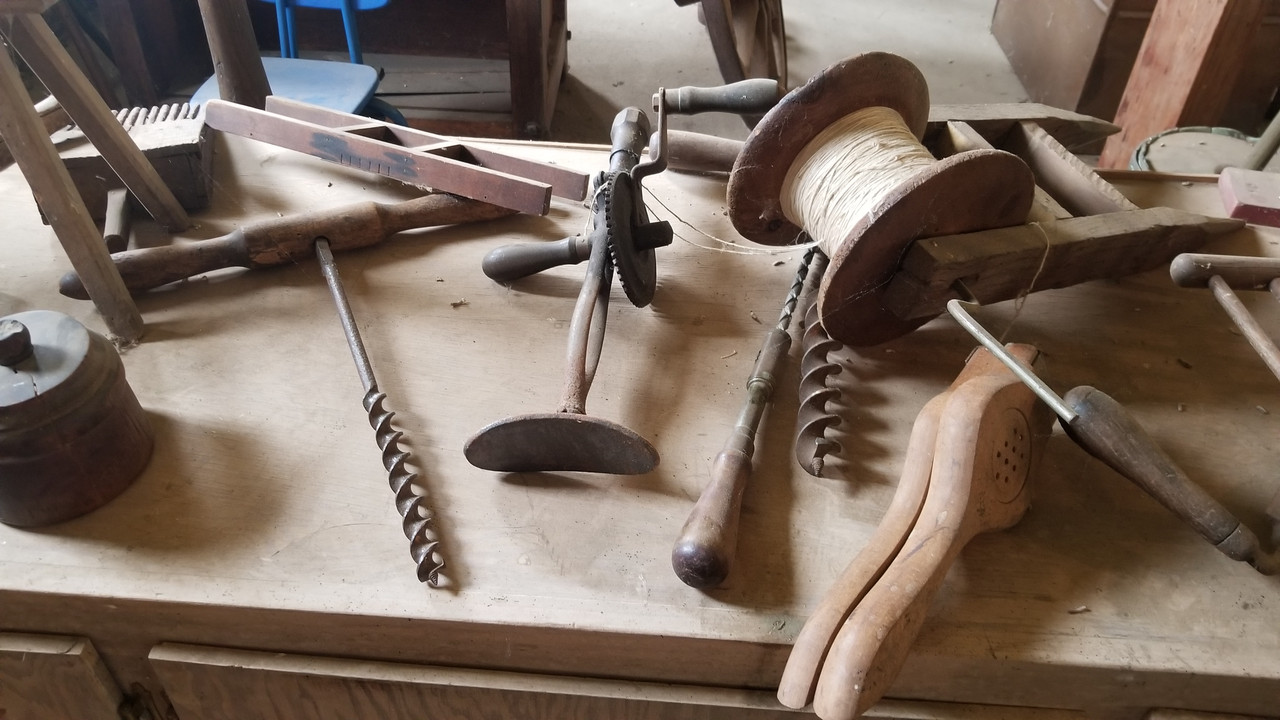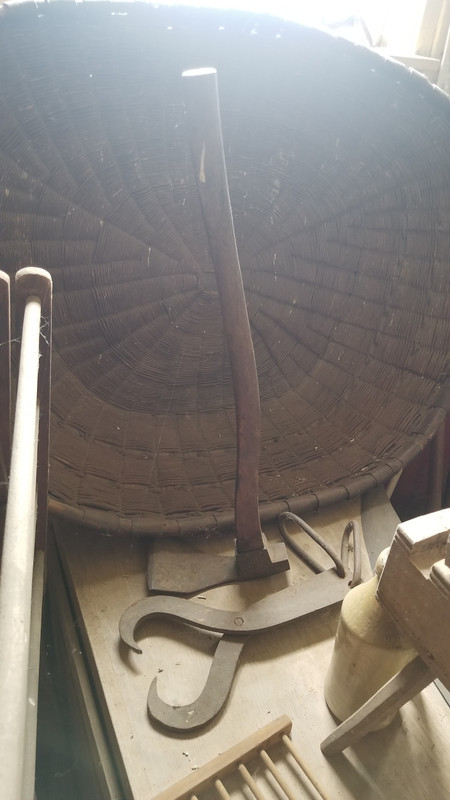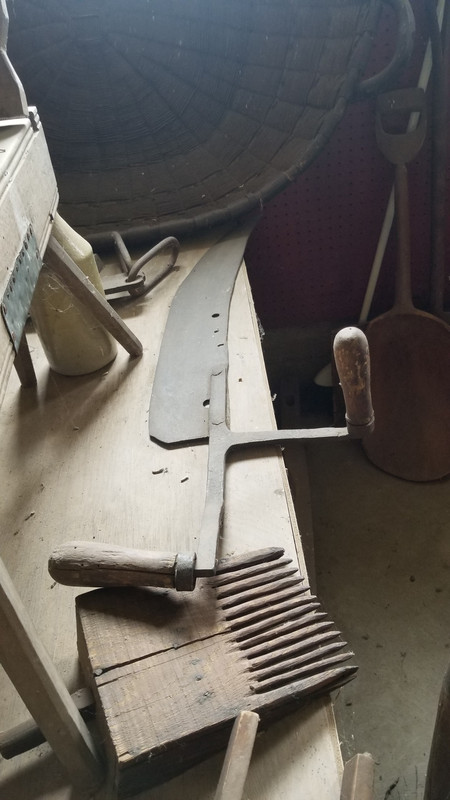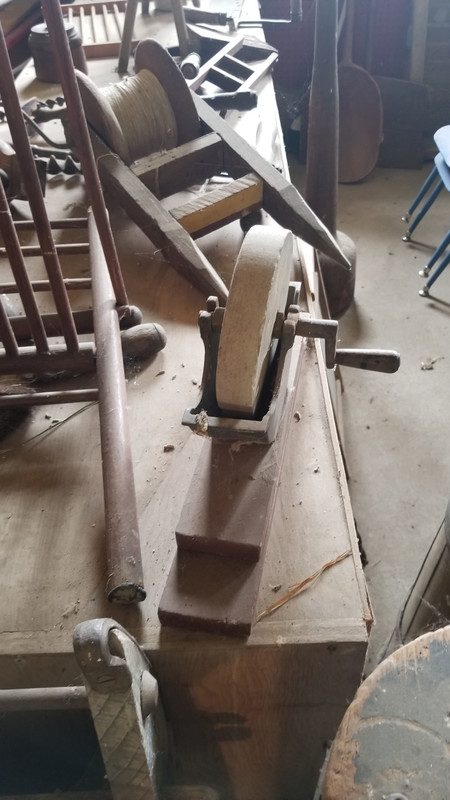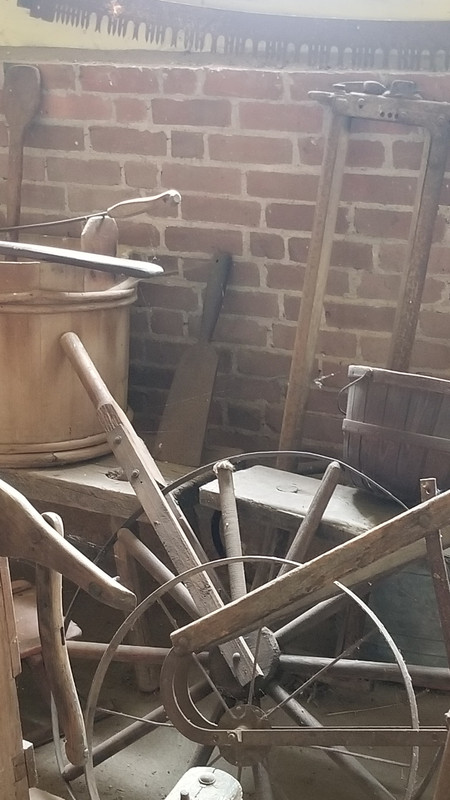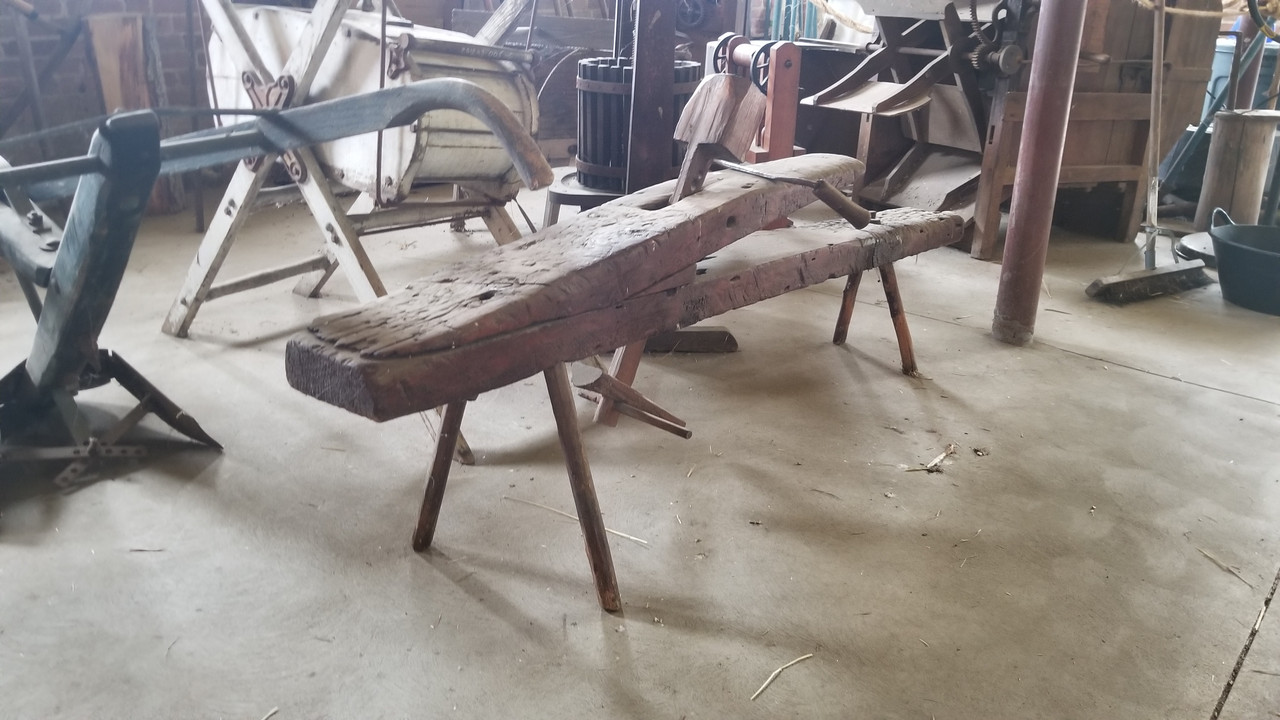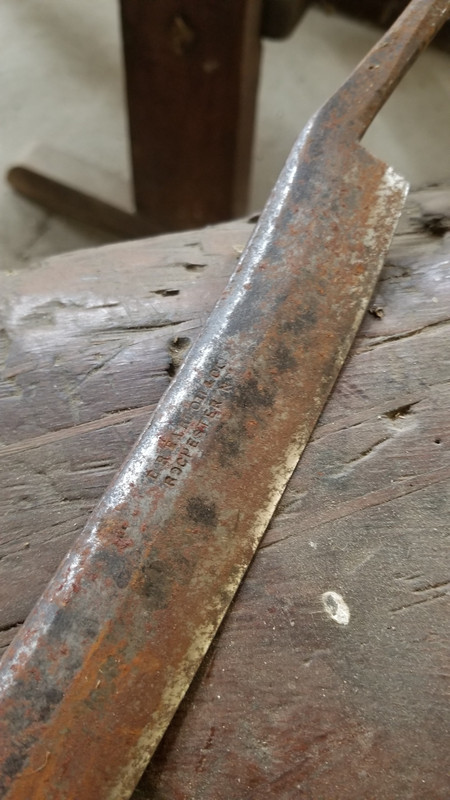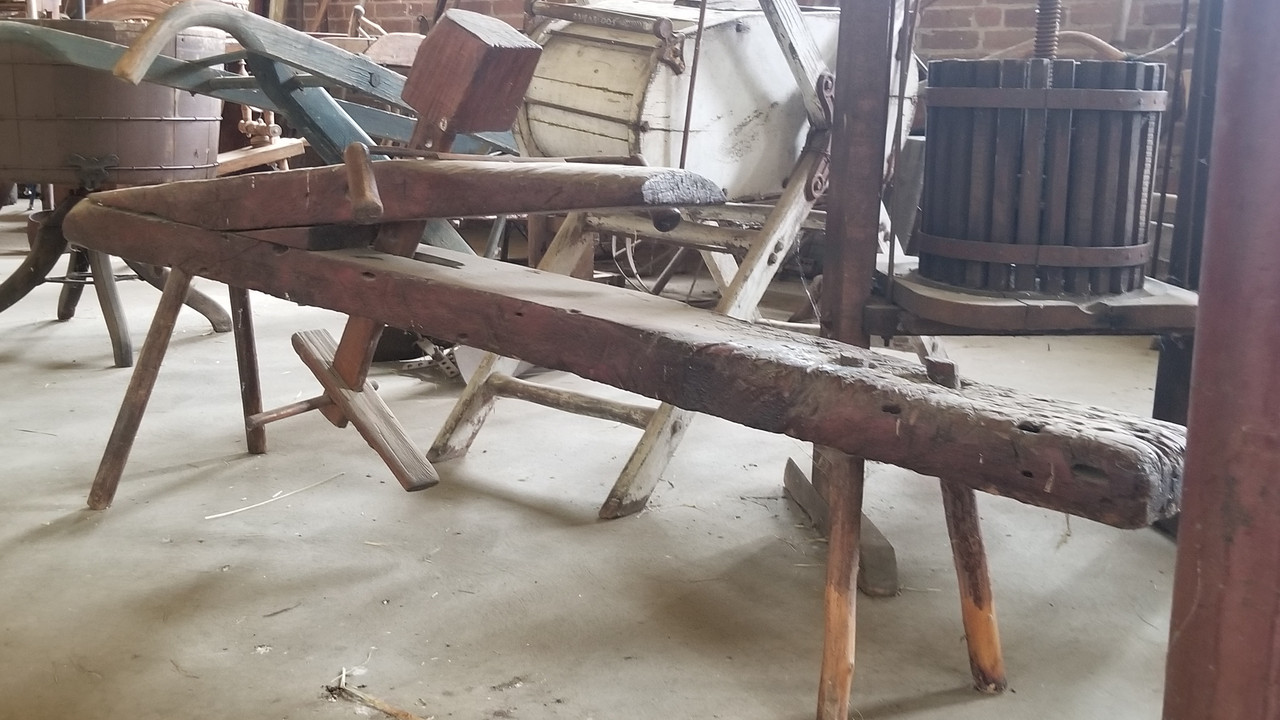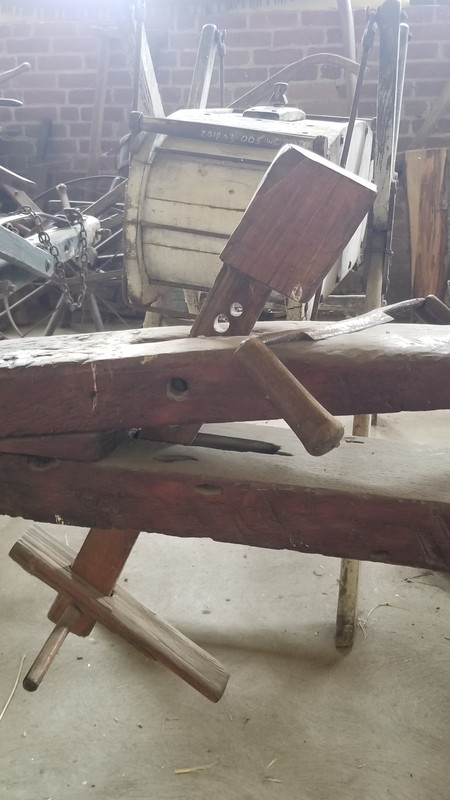Mr. Larsen .... I agree... seems the video overlooked the short lived Norse
encampment you cite (with the hearth for melting iron ore). I would like to
give the benefit of the doubt to the lead researcher and think he was just
caught up in the excitement of a significant archaeological find. I personally
would like to think some Basque fisherman left the ax behind when returning
home.... and, it ended up as trade bait among the various Tribal entities. Still,
a great story... and, indicative of the ever changing "dates" on the "first" European
impact on Native culture.
I believe Mr. Ugaldie would enjoy watching the video.
Charles
encampment you cite (with the hearth for melting iron ore). I would like to
give the benefit of the doubt to the lead researcher and think he was just
caught up in the excitement of a significant archaeological find. I personally
would like to think some Basque fisherman left the ax behind when returning
home.... and, it ended up as trade bait among the various Tribal entities. Still,
a great story... and, indicative of the ever changing "dates" on the "first" European
impact on Native culture.
I believe Mr. Ugaldie would enjoy watching the video.
Charles


